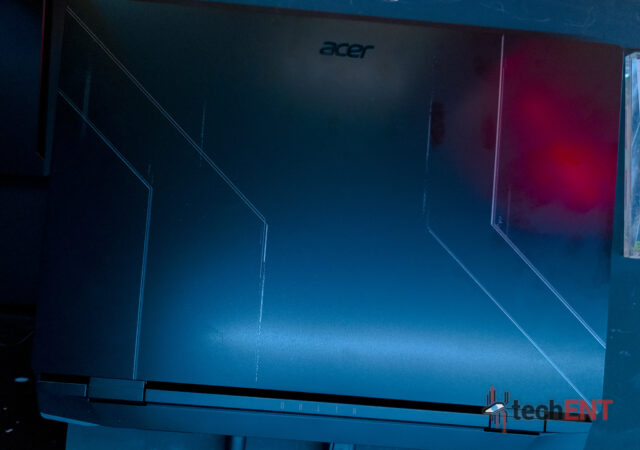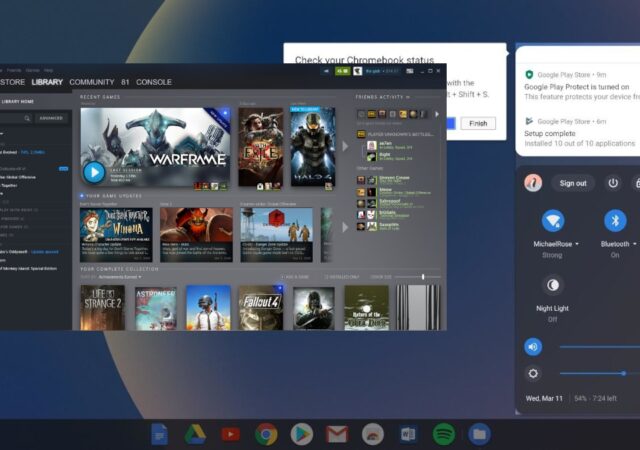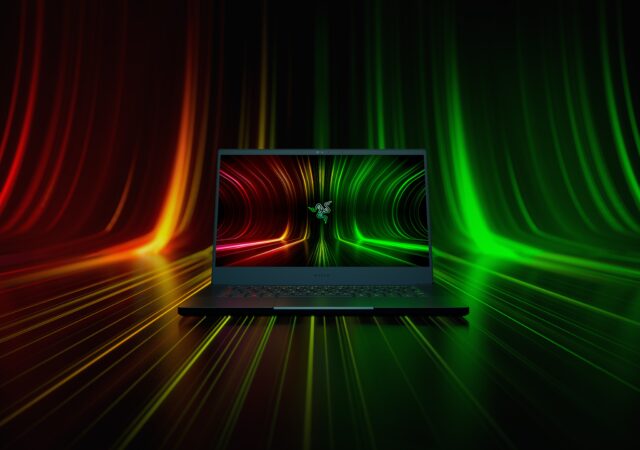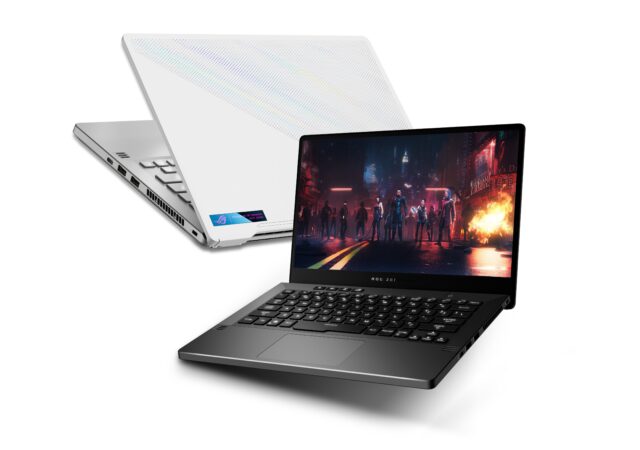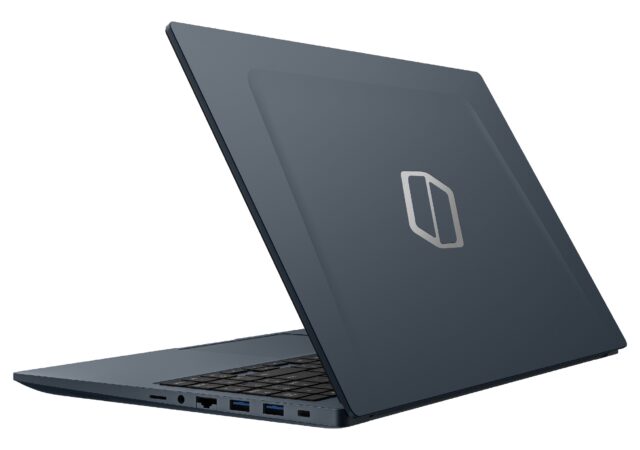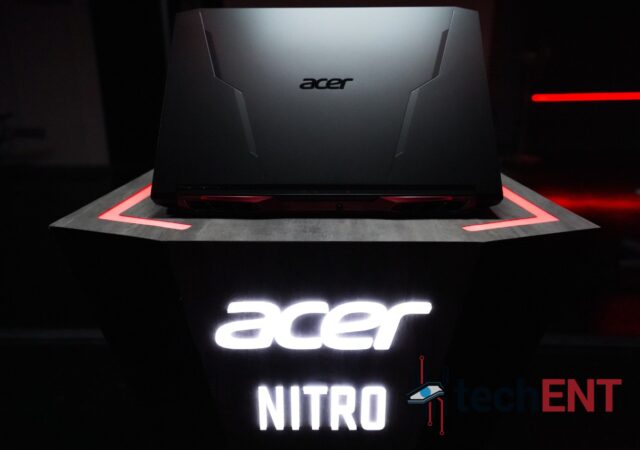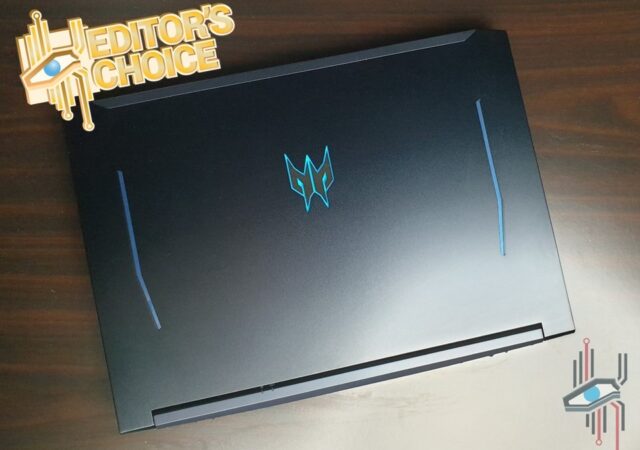Acer releases their latest gaming laptop, the Nitro 5. The Nitro 5 is now more powerful than ever with Intel’s 12th Generation Core CPUs.
Steam ‘Borealis’ for Chrome OS is Coming! But Which Chromebooks will get them?
Steam is coming to Chrome OS, codenamed Borealis. The latest development changelog has revealed a list of supported Chromebooks.
[E3 2021] Razer Blade 14 Launches with AMD’s Ryzen 9 5900HX CPU – The Most Powerful 14-inch Laptop in the World is Here
Razer just launched the Razer Blade 14 gaming notebook with AMD Ryzen 9 5900HX and NVIDIA GeForce RTX 3080 priced from USD $1,799.99 onward!
ASUS ROG 2021 Notebook Series Ups the Ante with RTX 30 Series
ASUS just launched their brand new ROG line up for 2021 with the latest CPUs and NVIDIA’s GeForce RTX 30 series GPUs.
Samsung Galaxy Book Odyssey is the First Gaming Notebook with NVIDIA GeForce RTX 3050 and RTX 3050Ti
Samsung launches their new gaming laptop line-up in the Galaxy Book Odyssey packing NVIDIA’s latest GeForce RTX 3050Ti.
Acer Launches the Nitro 5 with AMD Ryzen 9 and NVIDIA GeForce RTX 3080
The Acer Nitro 5 for 2021 can be a beast with AMD’s Ryzen 9 and RTX 3080 inside. Available for pre-order from MYR 3,699 onward.
The Acer Predator Helios 300 (2020) In-Depth Review – At MYR 5,199; Value Has a New Name
The Acer Predator Helios 300 with RTX 2060 is now here for MYR 5,199. Is it just the best value gaming in 2020? We recon, and we reviewed!



